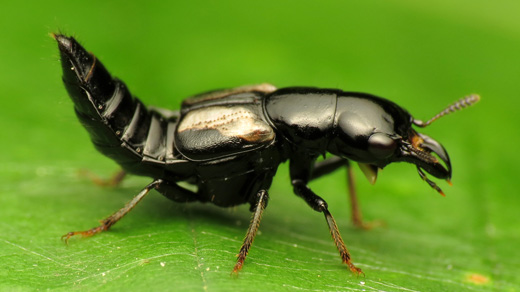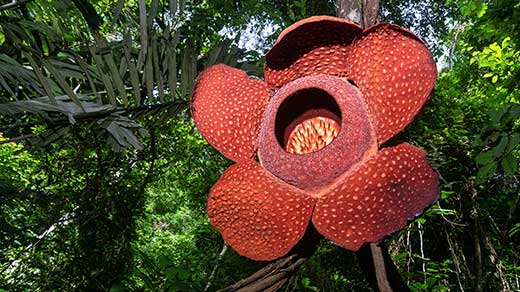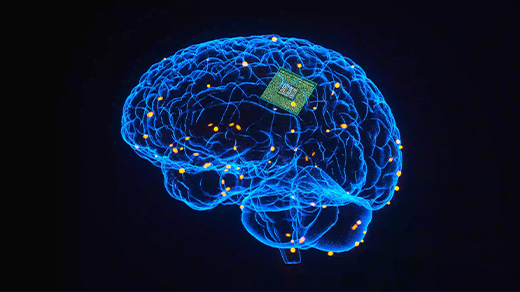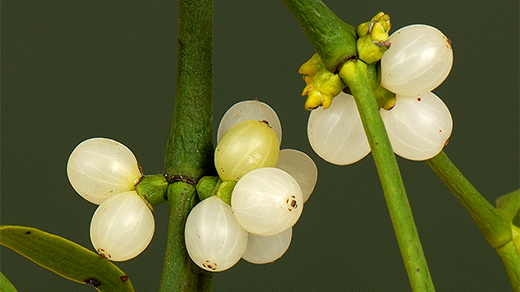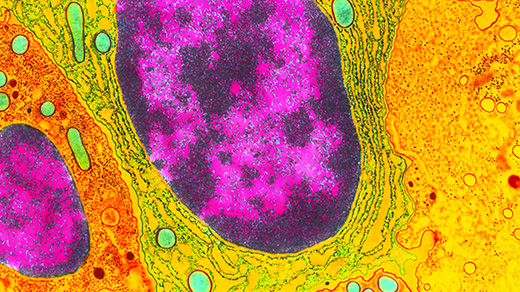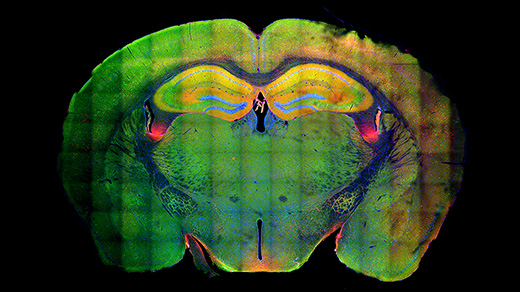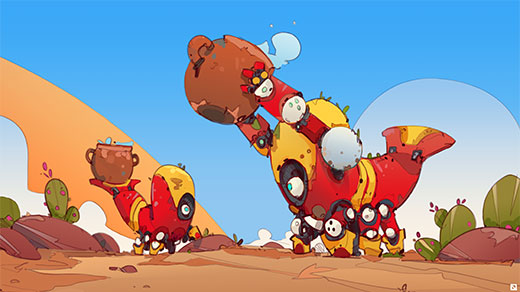What's up in
Genes
Latest Articles
The Complex Truth About ‘Junk DNA’
Genomes hold immense quantities of noncoding DNA. Some of it is essential for life, some seems useless, and some has its own agenda.
How Do New Organs Evolve? A Beetle Gland Shows the Way.
The evolution of a defensive gland in beetles shows how organs can arise from novel cells carving out new functional niches for their neighbors.
DNA Jumps Between Animal Species. No One Knows How Often.
The discovery of a gene shared by two unrelated species of fish is the latest evidence that horizontal gene transfers occur surprisingly often in vertebrates.
DNA of Giant ‘Corpse Flower’ Parasite Surprises Biologists
The bizarre genome of the world’s most mysterious flowering plants shows how far parasites will go in stealing, deleting and duplicating DNA.
The Year in Biology
While the study of the SARS-CoV-2 virus was the most urgent priority, biologists also learned more about how brains process information, how to define individuality and why sleep deprivation kills.
The Mystery of Mistletoe’s Missing Genes
Mistletoes have all but shut down the powerhouses of their cells. Scientists are still trying to understand the plants’ unorthodox survival strategy.
Scientists Find Vital Genes Evolving in Genome’s Junkyard
Even genes essential for life can be caught in an evolutionary arms race that forces them to change or be replaced.
Brain Cell DNA Refolds Itself to Aid Memory Recall
Researchers see structural changes in genetic material that allow memories to strengthen when remembered.
By Losing Genes, Life Often Evolved More Complexity
Recent major surveys show that reductions in genomic complexity — including the loss of key genes — have successfully shaped the evolution of life throughout history.

